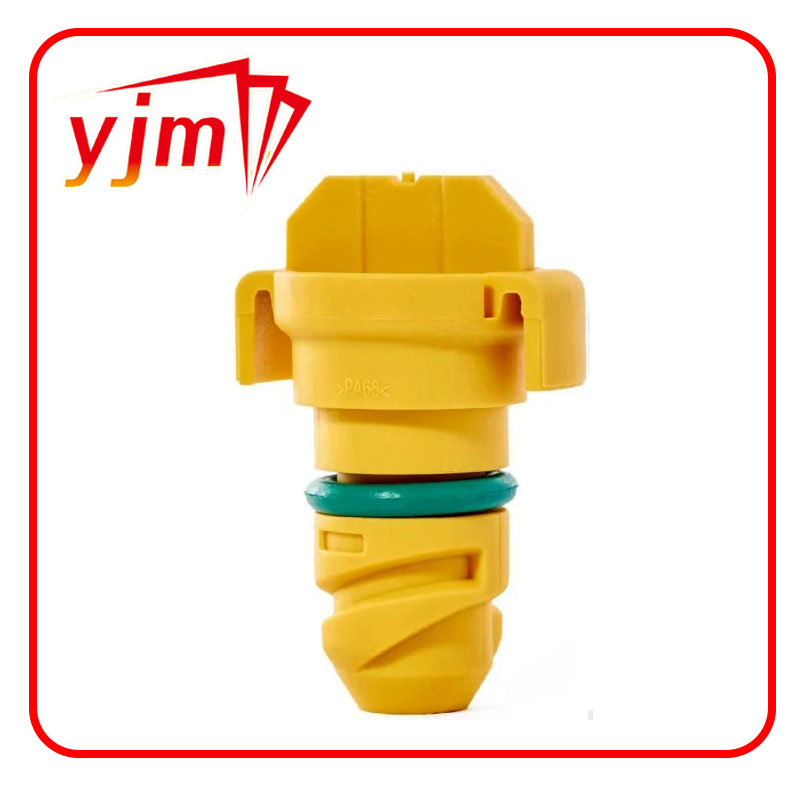transaxle seal
Understanding Transaxle Seals
Transaxle seals play a crucial role in the efficient functioning of modern vehicles, particularly in those equipped with transaxle systems. A transaxle integrates the transmission and axle into a single assembly, allowing for a more compact design, especially in front-wheel-drive vehicles. This system is essential for transmitting power from the engine to the wheels while ensuring the smooth handling of the vehicle.
One of the critical components of a transaxle is the seal. Transaxle seals primarily serve to prevent fluid leaks, which can lead to diminished performance, increased wear, and even significant mechanical failures. These seals are strategically placed at the junctions where the transmission and axles meet, as well as at points where fluid flows in and out of different compartments. Proper sealing is vital for maintaining adequate fluid levels and ensuring that both transmission fluid and differential fluid remain contained within their respective chambers.
There are several types of seals used in transaxles, including lip seals and O-rings. Lip seals, often made from rubber or advanced synthetic materials, provide excellent durability and resistance to wear. They can withstand high temperatures and varying pressures, making them ideal for use in dynamic environments like a transaxle. O-rings, on the other hand, are circular and provide a simple yet effective sealing solution, often used in static applications and at fluid junction points.
transaxle seal

Over time, wear and tear on transaxle seals can result in leaks. Factors such as heat, fluid contamination, and mechanical vibrations can degrade seals, leading to performance issues. Regular maintenance checks are essential to identify any early signs of wear. Common indicators of failing transaxle seals include pooling fluid under the vehicle, unusual noises, or erratic shifting patterns during acceleration.
Replacing a damaged seal is often a straightforward but critical task that can prevent more costly repairs down the line. Vehicle owners should consult with professional mechanics to ensure proper diagnosis and replacement of transaxle seals. Additionally, adhering to the vehicle manufacturer's maintenance schedule can help prolong the life of these seals.
In summary, transaxle seals are an integral part of vehicle functionality. Their primary purpose is to maintain the integrity of fluid systems, ensuring optimal performance and longevity of the transaxle assembly. Regular inspections and timely replacements are key to a vehicle’s health, allowing drivers to enjoy a safe and efficient driving experience.
-
Understanding the Front Main Engine Seal: Purpose, Maintenance, and Installation
News Jul.29,2025
-
Understanding O-Rings and Seal Rings: Types, Applications, and Custom Solutions
News Jul.29,2025
-
Understanding Crankshaft Oil Seals: Rear Seals, Pulley Seals, and Their Role in Engine Integrity
News Jul.29,2025
-
The Importance of Front and Rear Crankshaft Seals in Engine Performance and Oil Management
News Jul.29,2025
-
Crank Oil Seals: Functions, Types, and Cost Considerations in Engine Maintenance
News Jul.29,2025
-
A Comprehensive Guide to O-Rings and Seals: Types, Materials, and Global Applications
News Jul.29,2025
-
Mastering Diesel and Performance Engine Maintenance: A Guide to Critical Oil Gaskets
News Jul.28,2025
Products categories















